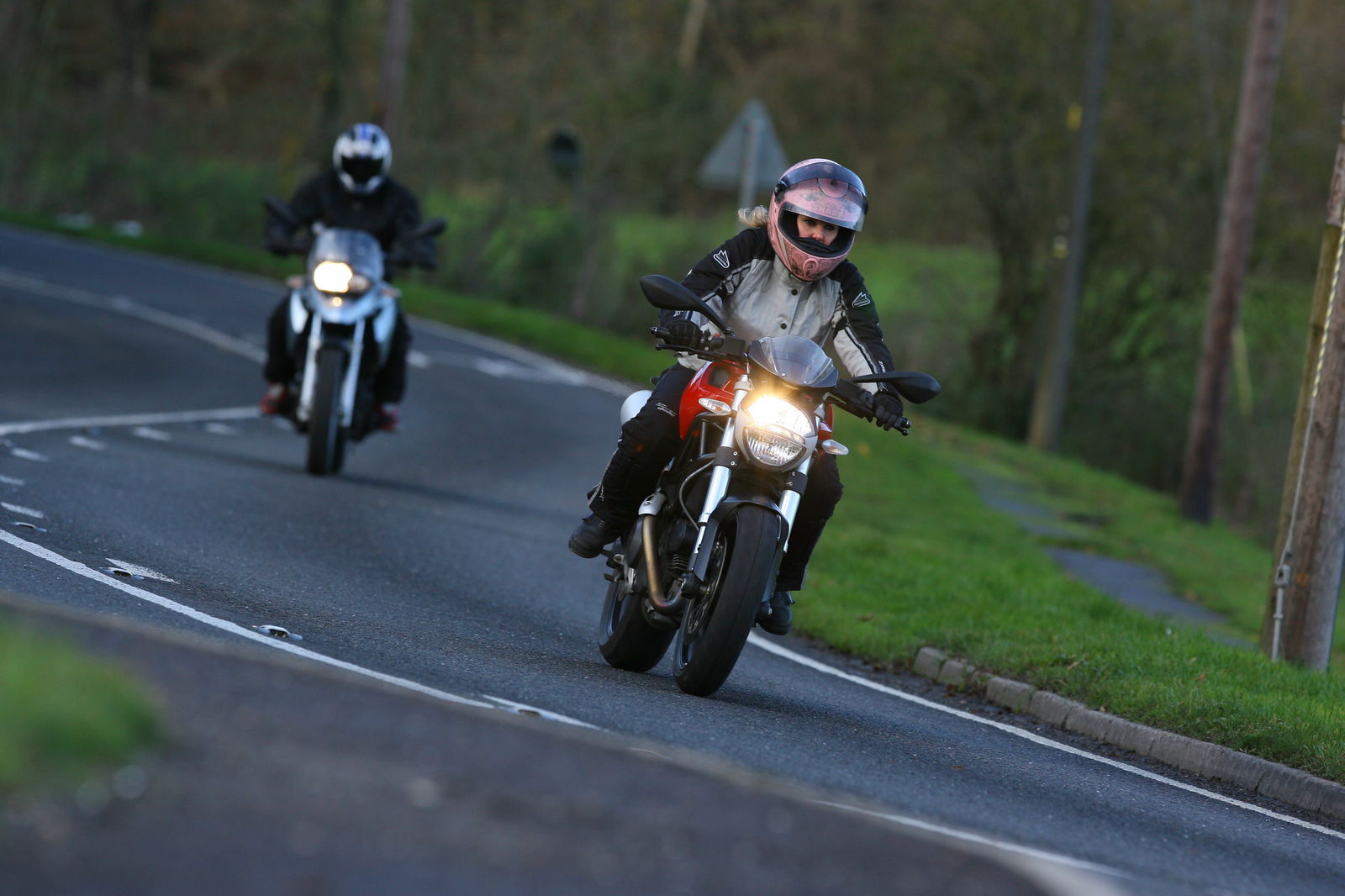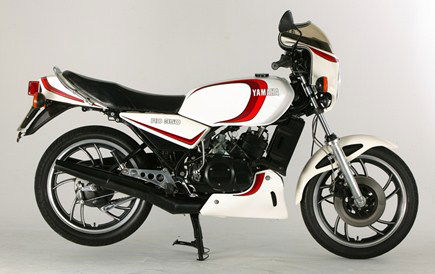What is an A2 motorcycle licence and how much does it cost?
The A2 motorcycle licence allows those who hold it to ride any motorcycle up to 47bhp. But what does the test involve and how much does it cost?

Motorcycle licensing is much more complex than the system used for cars. In the UK, there are currently four categories of motorcycle licence available: AM (moped licence), A1 (125cc limit), A2 (35kW/47bhp limit), and unrestricted A.
Here we’ll discuss the A2 licence, which is for riders aged 19 or over who want to graduate from their 125cc bike to something with up to 47bhp (35kW), and with a power-to-weight ratio of no more than 0.2kW/0.26bhp per kilogram. The power-to-weight requirement means that a bike on the limit of the 47bhp power cap cannot weigh less than 175kg, meaning you can’t go a buy an old, lightweight 250 two-stroke to circumvent the intentions of the power limit. Sorry.
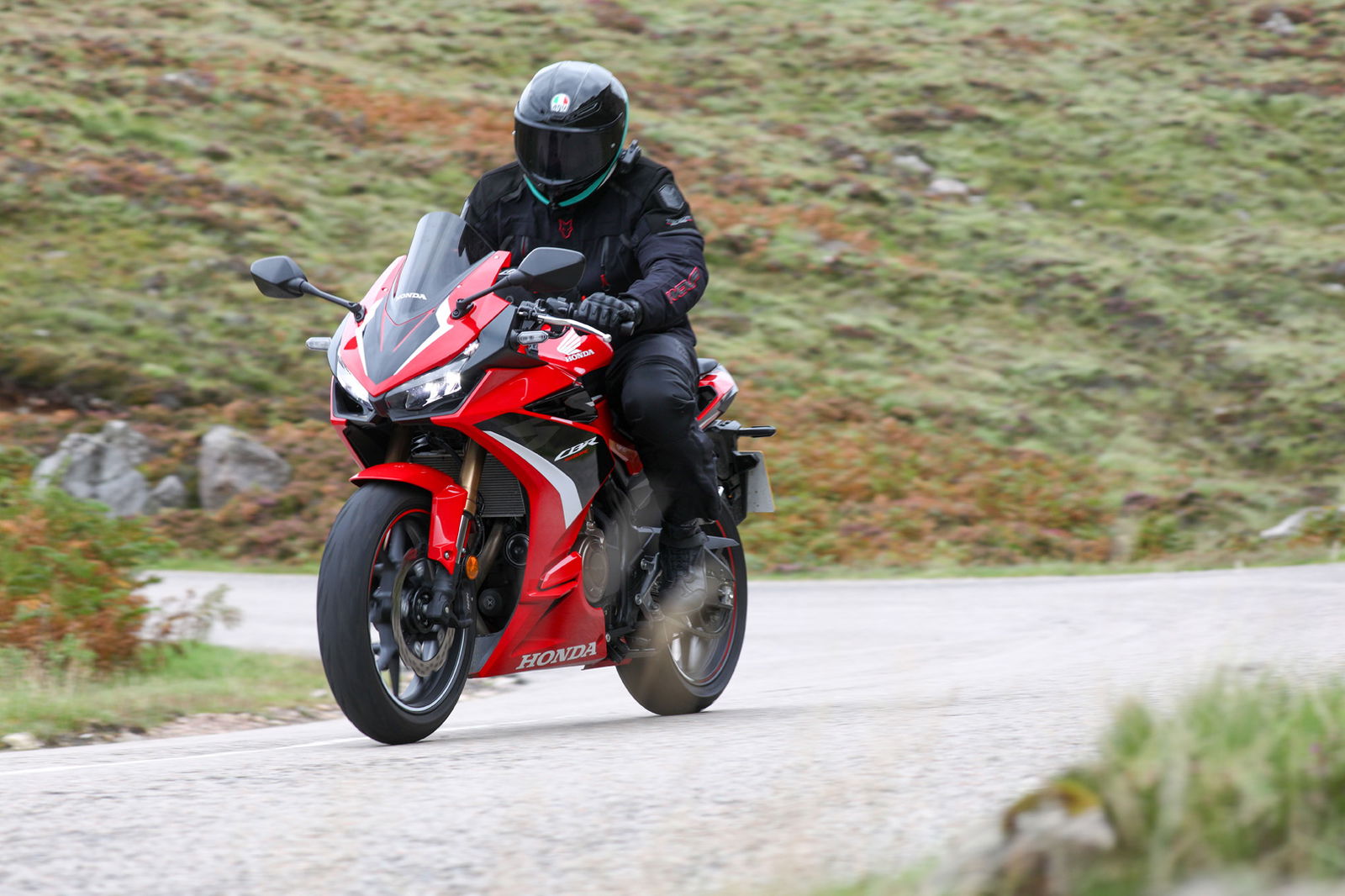
Something which is more important for manufacturers than riders, really, is that, while bikes can be restricted down to 35kW for an A2-restricted version, the standard bike from which the A2 version is derived cannot produce more than 94bhp.
The easiest way to think about the A2 licence is that it involves the same assessments as the full, unrestricted A licence, but can only be completed on a bike which adheres to the following requirements:
- The bike must have no less than 33bhp/22kW/
- The bike must have no more than 35kW/47bhp
- The bike must have a displacement of at least 395cc
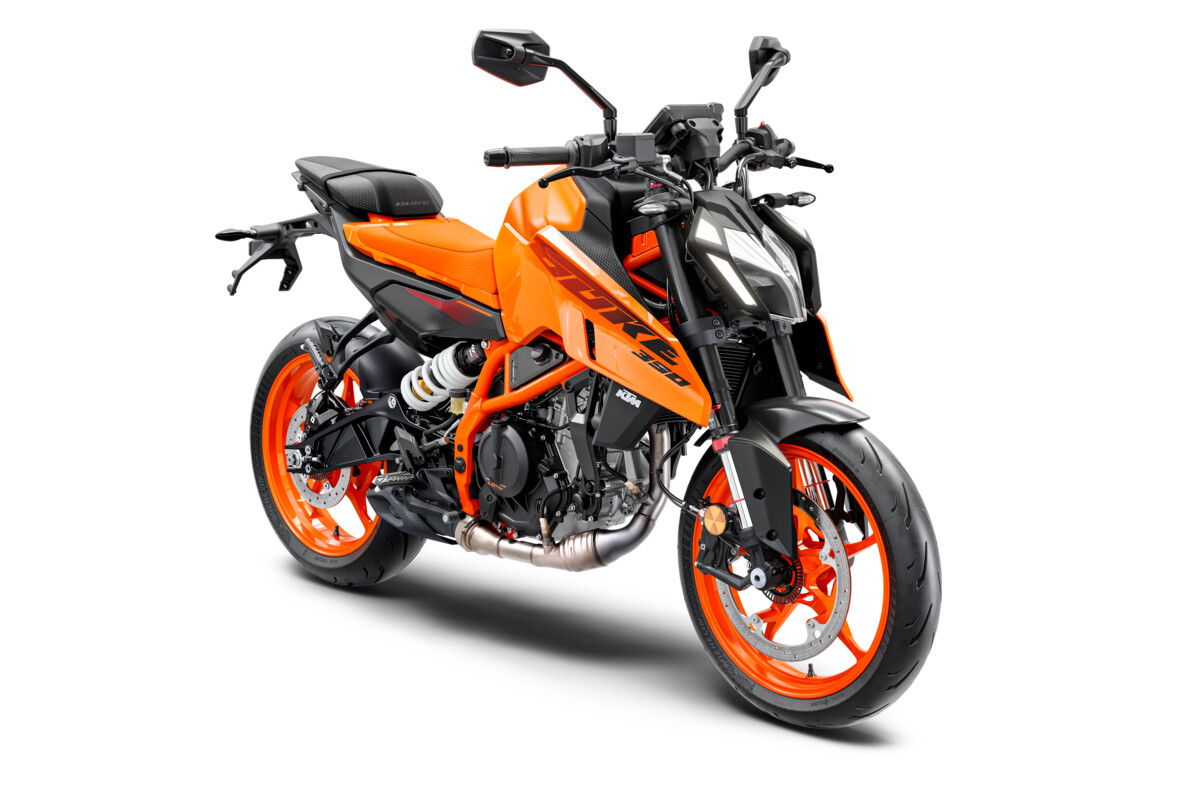
The test itself consists of two elements: Module 1, and Module 2. The first module is off-road based (meaning in a car-park-like area, not a gravel trail) and is a test of the rider’s ability to manoeuvre the bike in various scenarios; while the second is an on-road assessment, testing the rider’s ability to translate the manoeuvres and techniques they learned in Module 1 to an on-road scenario more representative of what they are likely to face in the real world.
The Module 1 test includes:
- Wheeling the moped or motorcycle and using the stand
- Riding a slalom and figure of eight
- A slow ride
- A U-turn
- Cornering and a controlled stop
- Cornering and an emergency stop
- Cornering and hazard avoidance
(For the hazard avoidance and emergency stop exercises you must ride at a minimum speed of 31mph.)
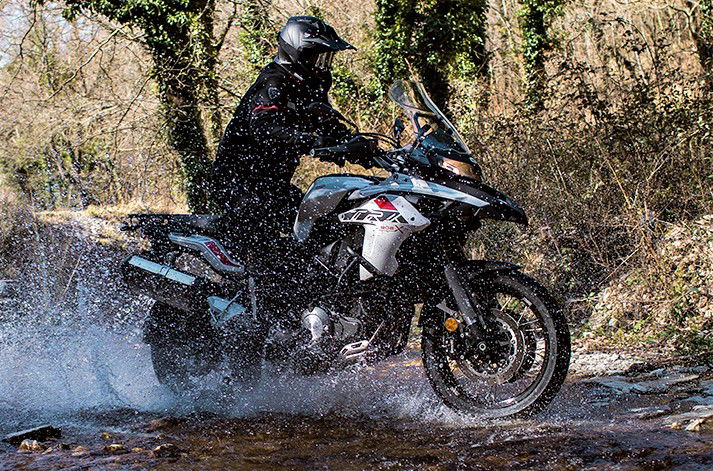
Module 2 can only be taken once Module 1 has been passed. Mod 2 should last for around 40 minutes and involves:
- Eyesight check (reading a number plate from 20 metres away)
- ‘Show me, tell me’ vehicle safety questions (two questions will be asked)
- Road riding (including normal stops, pulling out from behind a parked vehicle, and a hill start)
- Independent riding
The road riding and independent riding segments are both carried out with one-way radio communication between you and your instructor, who will give directions. None of the on-road elements take place on motorways.
The A2 is a licence which is perhaps best-suited to riders who passed their CBT course (and potentially A1 test) quite soon after they were eligible to take it, and who are ready both financially and experientially to move on to a larger, more powerful bike.
 (1).jpg?width=1600)
The completion of a CBT course is the first prerequisite for beginning training for an A2 licence, and it is most likely the case that you will be able to do your A2 training with the same school you trained with on the CBT course. The second prerequisite is the passing of a motorcycle theory test, which can be booked in the same way as the car-based equivalent.
Once you have passed your A2 test, you have a two-year wait before you can take the test again for an unrestricted A licence.
How much does an A2 motorcycle licence cost?
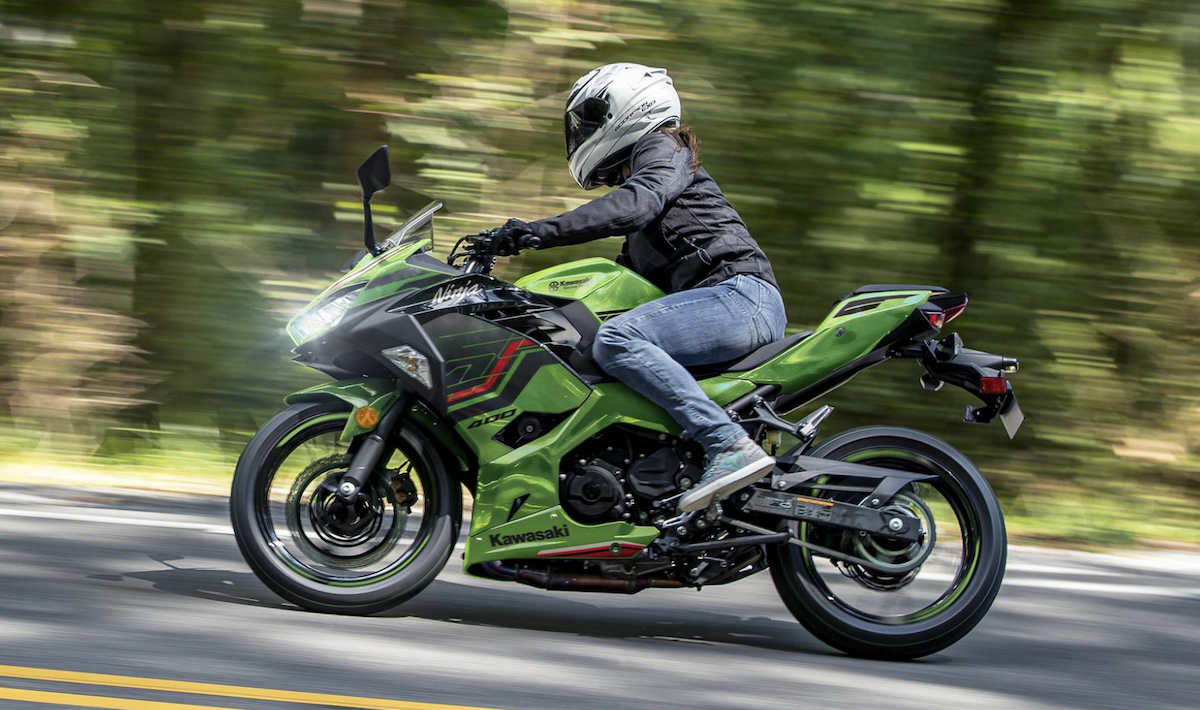
When it comes to working out the overall cost of getting on a motorcycle, the usual answer is along the lines of “how long is a piece of string?”
It’s true - there are many routes to a bike licence and a lot of options to consider when it comes to buying a bike and the kit to go with it. So, the amount of money spent on getting started really depends on your budget. However, the amount spent just on the licences themselves is less variable.
Since we’re considering the A2 licence in this article, it’s also worth mentioning the cost of a CBT. This can vary depending on location, as well as on how long you take to get to a level of riding that will see you graduate from Compulsory Basic Training. Some may wish to have at least one introductory lesson before taking the actual CBT. This introductory lesson should not cost more than £30, but the CBT itself is likely to cost between £130 and £160 depending on the school you choose.

Even after the CBT is done, you need to take your theory test, which is the same cost for a motorcycle test as a car test: £23. If we take the £160 upper bound of the CBT course, you are looking at up to £215 in licence fees before even starting on the A2 course.
The A2 test itself is made up of the aforementioned two modules: Module 1 and Module 2. The Module 1 test costs £15.50, and the Module 2 test costs £75 if booked on a weekday, or £88.50 if booked on a weekend, evening, or Bank Holiday. The booking will normally be made by your training school. In many cases, training schools will lump in the cost of booking the test with your training, which takes place over a number of days. The fewer training days you do, the lower the cost, but only you can decide how many days you think you need. A five-day A2 course can cost upwards of £1,200, whereas a three-day course can be priced closer to £750. The costs, then, are not insignificant, and so it is important that you make the right choice for you.
As with your CBT course, it will be possible to borrow kit from your training school when completing your A2 course. However, on completing your CBT, your training school is likely to mention that riding in your own time is a valuable way to improve your riding and gives you a chance to implement the lessons learned in your training in a real-world environment. Therefore, you are going to want a bike and some kit. And those are going to cost, too.
.jpg?width=1600)
A new 125cc bike is going to cost you at least £3,000, or you could go used. Either way, the insurance is likely going to cost you at least £500, and there’s road tax to consider, as well.
Finally, there is riding kit. This is the area that is the most difficult to put an exact cost on because there are so many ways of putting your own kit together. Helmets can range from £100 to £1,000, and the same is more or less true for jackets. You could spend £75 on trousers, or £500; gloves could cost as much as £250, or as little as £50; and you could spend £70 on some riding sneakers, or over £200 on a pair of higher-spec boots. The choice is yours, really, within the limits of your budget: £500 could get you a whole set of kit, or just one piece of it.

Without lessons, achieving the A2 licence from scratch will cost the sum of the tests. That is, a CBT for between £130 and £160, a theory test for £23, a Mod 1 test for £15.50, and a Mod 2 test for between £75 and £88.50. If we take the worst case scenario, doing the A2 licence in this kind of ‘bare bones’ way will cost up to £287.
But, let’s assume you take one, £30 introductory lesson before your £160 CBT; and then book a £23 theory test to allow you to then book an A2 course of a reasonable length (3-4 days), costing £1,000 including test fees. You are then at around £1,215 for the licence and training fees alone.
Then, let’s make an arbitrary estimate of £1,000 on riding kit, and add that to the £3,000 on a bike, £500 on tax and insurance. At that point, you’re looking at around £4,500 in costs not directly related to the licences. In total, you’re looking at between £5,500 and £6,000 to get through an A2 course from scratch.
It is possible, of course, to spread that cost somewhat, by paying for your bike on finance, for example. Either way, passing your A2 will mean you can graduate from a 125 to something larger, but limited to 35kW, so you might be wanting to get rid of that eighth-of-a-litre once the A2 is passed, anyway.
